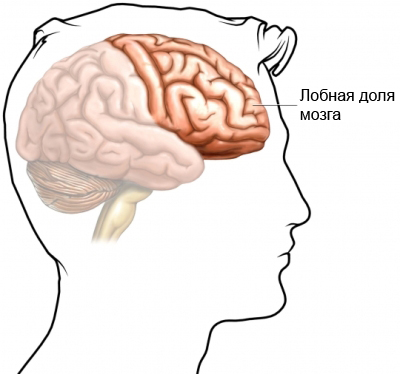Obsessive compulsive disorder
Description of obsessive-compulsive disorder
Obsessive compulsive disorder (OCD) is anxiety disorder. People suffer from unwanted repetitive thoughts and behavior. These obsessive thoughts and compulsive behavior is very difficult to overcome. The plight and launched OCD can disrupt the ability to lead a normal life at work, at school or at home.

Causes of obsessive-compulsive disorder
The exact cause of the occurrence is unknown. OCD may be associated with nejrobiologičeskimi, environmental, genetic and psychological factors. An important role in causing an imbalance of serotonin may play.
OCD is associated with other neurological disorders:
- Tourette Syndrome;
- Trichotillomania – desire pulling out hair, eyelashes, eyebrow trimmer, or other parts of the body;
- Body Dismorfizm – imaginary or exaggerated defects in appearance;
- Eating Disorders (such as bulimia or anorexia);
- Hypochondriacal syndrome;
- Substance abuse.
Risk factors
Factors, raising the risk of obsessive-compulsive disorder, relate:
- Age: Teen, youthful;
- The presence of family members with obsessive compulsive disorder;
- Other anxiety disorders;
- Depression;
- Organic brain syndrome;
- Schizophrenia;
- Tourette Syndrome;
- Personality disorder;
- Attention deficit syndrome.
Symptoms of obsessive-compulsive disorder
Symptoms:
- Obsessions – unwanted, repetitive and obsessive ideas, impulses or images;
- Compulsions – repetitive physical or mental actions, to reduce emotional distress, related obsessions.
People with obsessive compulsive disorder may know, that their thoughts and behavior does not make sense, and they wanted to avoid or terminate these steps. But they are often not in a position to block the obsessive thoughts or desires.
Common obsessions:
- Persistent fears, that can lead to trouble for yourself or a loved one;
- Undue anxiety when contaminated objects;
- Unacceptable religious, sexy thoughts, or thoughts about violence;
- Pefekcionizm;
- Persistent concern over the tragic events.
Common compulsions:
- Constant health check door locks, furnaces, water taps, switches, etc.;
- Lists, counting, cleaning, or shift things;
- The collection and accumulation of degraded things;
- Repetition of routine actions a certain amount of time;
- Reading and rewriting in Dutch, unnecessary in everyday life;
- Mental repetition of the same phrases;
- Frequent hand washing.
Diagnosis of obsessive-compulsive disorder
OCD, usually, diagnosed with the help of psychiatric evaluation. OCD is diagnosed, When obsessions and/or actions:
- Cause substantial inconvenience to the person;
- Prevent a person at work, in school or in personal relationships.
Treatment of obsessive-compulsive disorder
Treatment reduces the OCD thoughts and/or actions. But the treatment may not completely eliminate them. Often, to treat the combination of medication and cognitive-behavioral therapy.
Treatment includes:
Medication
Selective serotonin reuptake inhibitors (SSRIs) help reduce the symptoms of OCD, affecting neurotransmitter serotonin. This feature is independent from their anti-depressive effects. SSRIS include:
- Fluoxetine (Prozac);
- Fluvoxamine (Luvox);
- Paroxetine (Paxil);
- Sertraline (Zoloft).
Other drugs, include Clomipramine (Anafranil) and Clonazepam (Klonopin). Clomipramine is a Tricyclic Antidepressant, that changes serotonin levels. Clonazepam is benzodiazepinom, and relieves anxiety.
Therapy
Behavioral therapy affects actions, related to OCD, cognitive-behavioral therapy (KPT) – on the thought processes and actions, related to OCD.
Therapy, used to treat obsessive-compulsive disorder involves:
- Preventive measures help to gradually confront fear of an object or obsessive thoughts, without succumbing to perform intrusive actions, associated with them. Patients, that also take SSRI, This form of therapy may be more effective, than stress management training;
- Aversion therapy – the use of painful stimuli to prevent OCD behavior;
- Switching thoughts – the patient learns how to replace negative thoughts to positive;
- Intensive effect on an object, that causes obsessive-compulsive disorder behaviour;
- Implosion – repeated impact (in the form of touch, examination) on the object, that causes fear;
- Stop negative thoughts – patient is taught, How to stop negative thoughts.
Prospective studies
Implantable brain device being tested to treat severe cases of obsessive-compulsive disorder. Often called a brain pacemaker, the device provides the impact of weak electrical impulses to the brain, to stop OCD.
Prevention of obsessive-compulsive disorder
There are no guidelines to prevent OCD, because not known the reason for its occurrence. But early detection and early treatment of OCD may prevent the deterioration.
